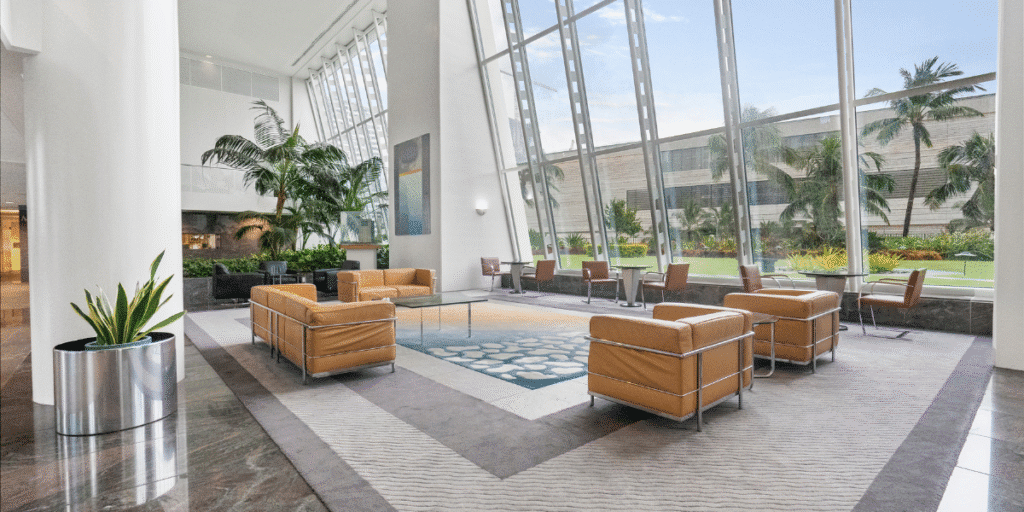As businesses gradually returned to in-person work environments in 2022, a growing trend emerged in the design of office spaces: biophilic design. Rooted in the idea that humans have an inherent connection to nature, biophilic design incorporates natural elements into the built environment to create a more inviting, productive, and healthy workspace. As companies sought ways to promote employee well-being and satisfaction post-pandemic, many turned to this innovative approach to office design. The integration of biophilic elements, from plant life to natural light and materials, quickly became a powerful tool to enhance both physical and mental well-being in the workplace.
The adoption of biophilic design was not only about improving aesthetics but also about creating spaces that support employee health, focus, and creativity. Studies have shown that exposure to nature and natural elements can reduce stress, increase cognitive function, and boost overall productivity. With this in mind, companies like Google, WeWork, and others began to integrate biophilic principles into their office designs, focusing on bringing the outdoors in. Google, for instance, has long been known for its innovative and employee-friendly workspaces, and its embrace of biophilic design in its new offices included everything from rooftop gardens to expansive windows that allow natural light to flood work areas. By providing employees with access to natural spaces and elements, Google aimed to foster creativity, improve mood, and promote a healthy work-life balance.
Similarly, WeWork, a leader in co-working spaces, took biophilic design to heart by incorporating living walls, indoor plants, and natural textures into its office layouts. These elements not only improved the visual appeal of the spaces but also helped to create a more relaxed and harmonious environment for members. The use of natural materials, such as wood, stone, and water features, further helped to reinforce the connection to nature and provided calming, stress-reducing effects in what is often a fast-paced and high-energy setting.
Experts in the field of design and well-being have praised the rise of biophilic design, noting its wide-ranging benefits. According to architect and biophilic design expert, Bill Browning, “When we connect people with nature, we see a profound impact on their well-being.” Studies have shown that employees in biophilic-designed offices report higher levels of satisfaction, creativity, and focus, and experience lower levels of burnout and stress. As the importance of employee mental health and wellness continues to grow, companies are increasingly turning to these design strategies to create work environments that prioritize the holistic needs of their staff.
Beyond the aesthetic and productivity benefits, biophilic design also aligns with the growing demand for sustainable and environmentally conscious practices in the workplace. Many of the natural elements integrated into biophilic office spaces, such as plants and recycled materials, contribute to reducing the company’s environmental footprint. This dual focus on employee well-being and sustainability has made biophilic design not only a trend but a meaningful shift in the way companies approach workplace environments.
The rise of biophilic design in workspaces is a clear reflection of a broader societal shift towards valuing mental and physical health, sustainability, and connection to the natural world. As businesses continue to adapt to post-pandemic realities, it is likely that biophilic design will remain a central aspect of office planning, offering long-lasting benefits for both employees and employers. By creating spaces that are not only functional but also nurturing, companies are paving the way for a healthier, more productive future in the workplace.


